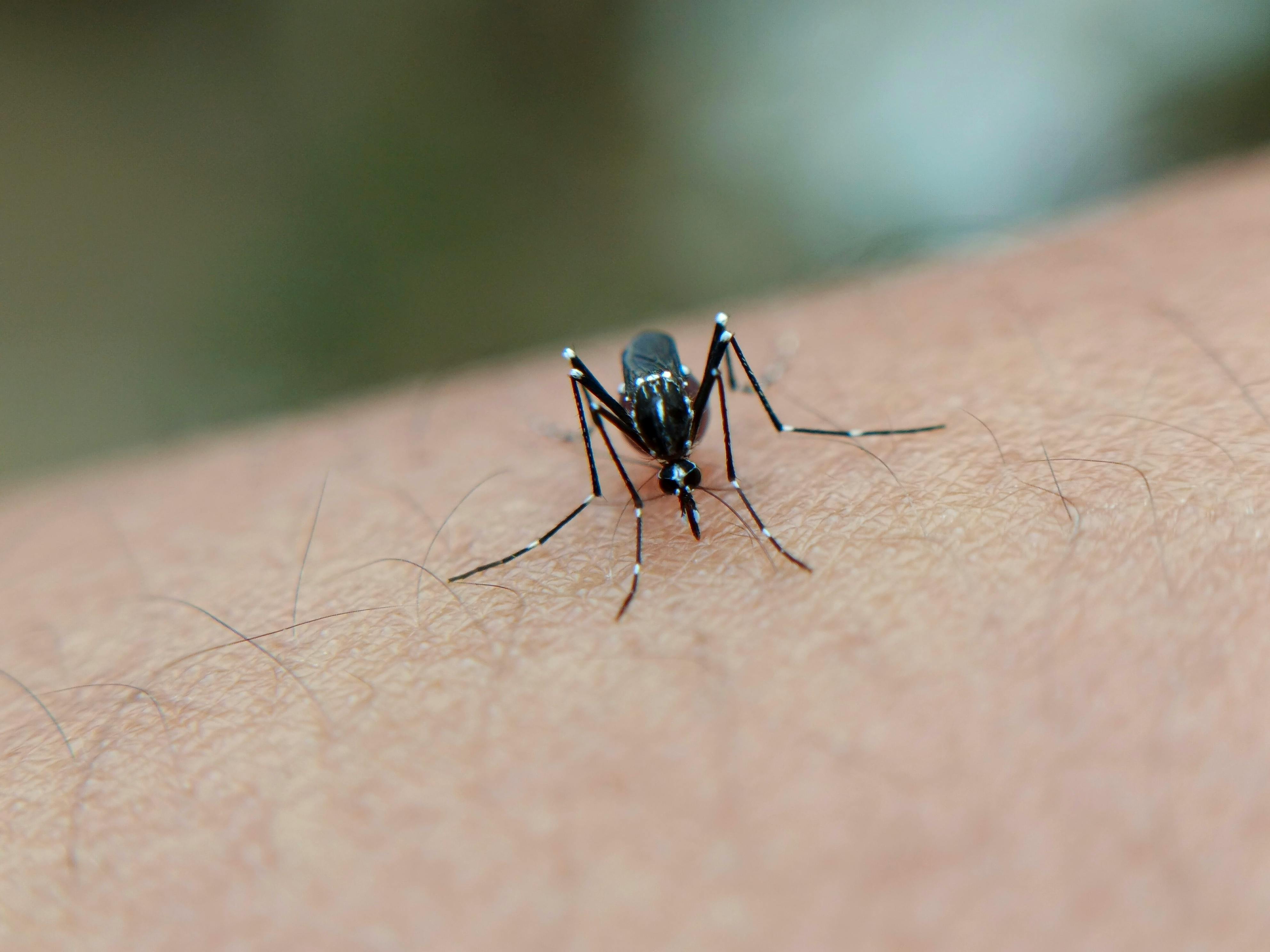Vector-borne Diseases
| Site: | letslearn.gnomio.com |
| Course: | Community Medicine UG |
| Book: | Vector-borne Diseases |
| Printed by: | Guest user |
| Date: | Saturday, 22 November 2025, 7:09 PM |
Description
This section deals with vector-borne disease and related matters.
- The population covered under CHC Nedumpana is 1.4 lakh. The field staff collected 14,000 blood slides in the year 2022. Lab technician examined 9000 slides, out of which 50 slides were positive for malarial parasite. Calculate Annual Blood Examination Rate (ABER)? Calculate Annual Parasite Incidence (API).

ABER = Number of slides examined x 100
Population
= 9000 x 100
140000
= 6.4 %
API = Confirmed cases during one year x 1000
Population under surveillance
= 50 x 1000
140000
= 0.36 per 1000 population
1. 2. A vector survey team from PHC Kuttapuzha visited 100 houses in ward 10 and examined 200 containers. 50 containers showed larval breeding in 10 positive houses. Calculate the various vector indices and interpret.

House Index (HI) = no of positive houses/ no of houses visited x 100
= 10/100 x 100 = 10 (High density)
Container Index (CI) = no of positive containers / no of containers examined x 100
= 50/200 x 100 = 25 (High density)
Breteau Index (BI) = no. of positive containers x 100
Total no. of houses visited
= 50 x 100=50 (High density)
100
3. Jacob, a 45 year old patient weighing 60 kg is suffering from fever, headache, myalgia, abdominal pain and black tarry stools for 3 days. His platelet count is found to be 40000/ cu.mm and heamatocrit raised more than 25% compared to previous result. Calculate the amount of fluid to be given to this patient? What are the indications for blood transfusion?

He is suffering from DHF – grade 2
Initiate iv therapy 6 ml/kg/h NS or RL for 1-2 hour = 360 ml/h
Check Hct
Improvement - Hct falls, pulse rate and blood pressure stable, urine output rises - >IV therapy by crystalloid successively reducing the flow from 6 ml/kg/h for 2-4 h to 3 ml/kg/h for 2-4 h and 3-1.5 ml/kg/h for 2-4 h - >Further improvement - Discontinue IV after 24-48 h
No improvement: Hct or pulse rate rises, pulse pressure falls below 20 mmHg, and urine output falls
Hct rises - >Increase IV - 10 ml/kg/h crystalloid for 2 h
Hct falls - >Suspect internal haemorrage -> Blood transfusion (10 ml/kg whole blood)/ (5 ml/kg packed RBC)->Improvement->IV therapy by crystalloid successively reducing the flow from 10 to 6 and later 6 to 3 ml/kg/h. Discontinue after 24-48 hrs.
Indications for blood transfusion-
1. Loss of > 10 % of blood volume
2. Refractory shock despite adequate hydration
3. Declining hematocrit